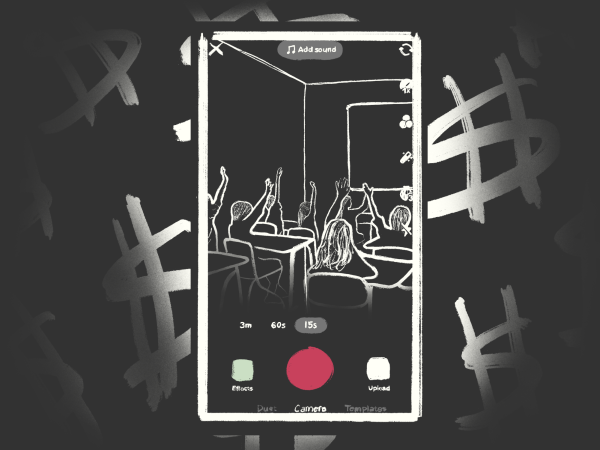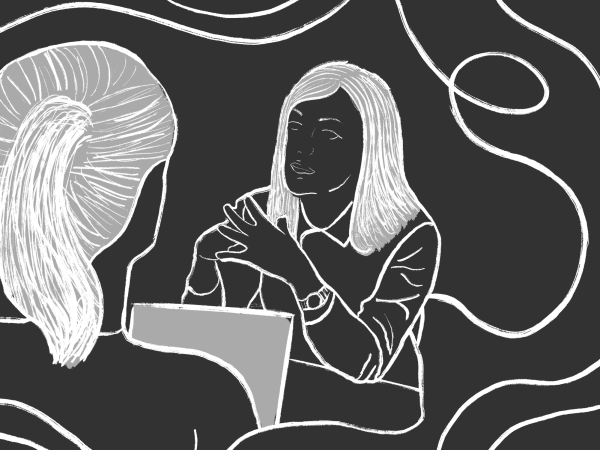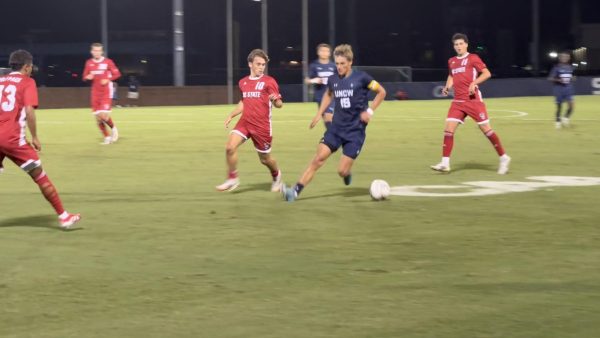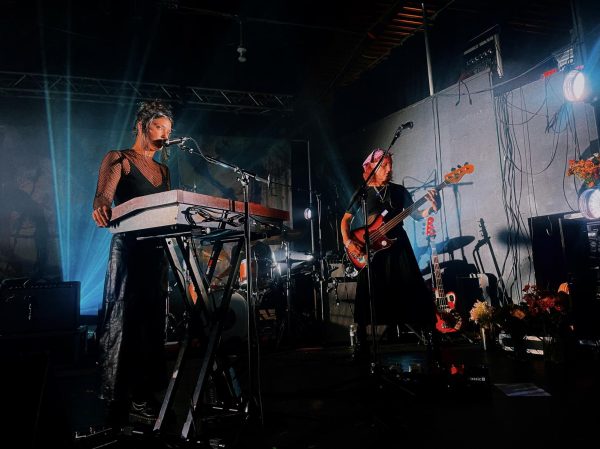OPINION: Continuing ‘Zoom University’ is the worst idea ever for post-COVID-19 pandemic education reform
The COVID-19 pandemic has been one of the most devastating tragedies in modern human history. Millions worldwide are dead, and tens of millions of others have become severely ill. Thousands of new infections and fatalities are reported daily. In a desperate bid to keep the toll down, governments and health officials across the globe have closed businesses, prohibited gatherings and imposed unprecedented lockdowns on billions of people. The fallout from both the disease itself and the drastic interventions has had far-reaching impacts and upended daily life for an entire year (and counting).
Schools and education have also suffered tremendously. In mid-March, when the World Health Organization formally declared the novel coronavirus outbreak a pandemic, physical classrooms abruptly shut down and had to transition to remote course delivery. Students across the globe have had to face poor-quality instruction, losses of social events and milestones and suddenly being told they can’t even hang out with friends. Rates of failure and mental health problems have both surged, and some experts worry the impacts will continue to be felt for years to come, long after the coronavirus no longer poses an immediate danger.
During the first quarter of the 2020-21 academic year, the failure rate, defined as the rate of middle and high school students failing at least two classes within Fairfax County Schools jumped from 6% to 11%. If that definition is revised to deem “D” grades as failing, the rate is 17 % compared to 13% in 2019. The district taught all classes remotely during the first quarter before adding limited in-person instruction during the second. Furthermore, a study of 11 to 21-year-olds in a major Texas city, for instance, found that reports of suicidal thoughts during March and July 2020 were 1.60 and 1.45 times greater, respectively, than reports during the same months in 2019. Suicide attempts also surged, by factors 2.34 and 1.77, from March and July 2019 to their 2020 counterparts.
The pandemic has not impacted all students equally, though. This is especially true in the U.S., where an already-wide achievement gap between affluent white students and low-income students of color has only further expanded during the outbreak. Underprivileged students have faced further impediments, including lack of internet access, losses of extracurricular activities that help keep them out of the juvenile justice system and even greater susceptibility to domestic violence.
An estimated one-in-three American households suffered from limited or no access to the internet during the fall of 2020, affecting 12 million students. For minorities, the rate is even higher. The report from Fairfax schools found that the failure rate among Black students increased from 13% in 2019, already greater than the overall rate in 2020, to a staggering 25%. One in five students with learning disabilities, like autism and ADHD, are also failing at least two classes in 2020.
College students, particularly in the U.S., are also facing severe struggles with remote learning. The demographic, bogged down with heavy course loads, financial insecurity, excessive social media usage and fears of transitioning to life in the “real world,” has already faced a disproportionately higher vulnerability to mental health issues. Many students also struggle to find their social identity and rely heavily on their friends for support. But when the COVID-19 pandemic hit in mid-March, forcing kids back into their parents’ homes, those support systems were decimated. Many young adults, suddenly not allowed to party or even hang out with their close friends, had just as much freedom as her bratty teenage siblings yet so much more responsibility and worries.
The impacts of the intrusion of “Zoom University” became apparent within months: half of college students reported in July 2019, before the COVID-19 pandemic, feelings of hopelessness, with one-third engaging in self-injurious behavior, within the past 12 months. Four-in-ten students also reported feeling “difficult to function” within the year leading up to July 2019. The situation only worsened since they were sent home due to the pandemic: according a CDC report released late June 2020, three-in-four adults ages 18 to 24 reported at least one mental or behavioral symptom, with one-in-four having “seriously considered” suicide within the past 30 days.
Just like their K-12 counterparts, minority and low-income college students have faced more severe fallout from remote learning. A Dec. 17, 2020 Gallup poll found that 56% of both Black and Hispanic students express concern the changes will impede their pathway to a degree, compared with 44 percent of white students. The U.S. Census Bureau reported in August that students of families with an annual income less than $75,000 are twice as likely to quit their Fall 2020 classes compared to those in families earning more than $100,000 per year. Furthermore, lack of educational stimulus beyond the nearly one-year-old CARES Act as well as discounts for completely remote learning have only added insult to injury for these many disadvantaged students.
Over the summer and fall, after learning the impacts of the pandemic on higher education, leaders in the U.S. and beyond have scrambled to return college students to physical classrooms while minimizing the risk of the COVID-19 virus transmission. Masks were required in all non-residential buildings and seating in classrooms and common areas was spaced out. One half of a class would attend one day, and the other half would come in on another. Large gatherings remained suspended, but universities frequently advertised socially-distanced and virtual events. Some dormitory rooms were cordoned to quarantine students with or possibly with the virus to continue allowing on-campus residency.
On paper, the idea of partially reopening campus and restoring a maximal semblance of normalcy during the pandemic seemed perfect. But once it was time to execute that idea, students, faculty and colleges faced several harsh reality checks. The COVID-19 virus outbreaks erupted on campuses across the country almost immediately, including three in North Carolina, sending students home days after moving in. Student parties were widely blamed for the infections, prompting institutions remaining in-person to tighten already Orwellian restrictions and lock down entire student bodies. Punishments for even minor transgressions were severe; Northwestern University made national headlines in September 2020 for expelling 11 freshmen accused of partying without refunds. (The students’ tuition was later credited towards spring expenses following appeals.)
An Axios/College Reaction poll taken Sept. 15-16, 2020, after just a month into the fall semester, found that six-in-ten students were learning less than normal and four-in-ten knew a classmate who tested positive for the virus. Half admitted to coming in close contact with friends without precautions, and 12% admitted to attending a party. A slim majority–51%–agreed the partial reopenings had backfired and it would have simply been better to continue all coursework remotely.
The bottom line is that “Zoom University” is not only extremely unpopular, but also scientifically proven to be psychologically toxic. Students across the U.S. and world at large are learning less, losing valuable opportunities to build friendships, growing weary of their parents and families and becoming hopeless and suicidal. Many futurists tout the ‘new normal’ of remote learning as a golden opportunity to change higher education for good. But just like mainstream media pundits and so-called ‘experts’ who want our horrible pandemic lifestyle as a whole to become permanent and never want life to return to normal, these futurists are horribly ignorant of the devastation social distancing and lockdowns have wrought to both education and society at large.
You want to know what the post-COVID-19 pandemic new normal should really look like? Colleges should nix some general education course requirements in exchange for mandatory in-person group therapy, social events and get-togethers. These changes should not just apply to adult university students, but also to those in public schools. In the end, the mental health of young people would not only rebound to levels before the pandemic, but exceed those levels. And if institutions pledged to unleash this exciting new normal as soon as it’s safe to do so, lockdown-weary students would have all the more motivation to follow public health policies and get vaccinated against the virus, not just for themselves but also for the rest of humanity.












